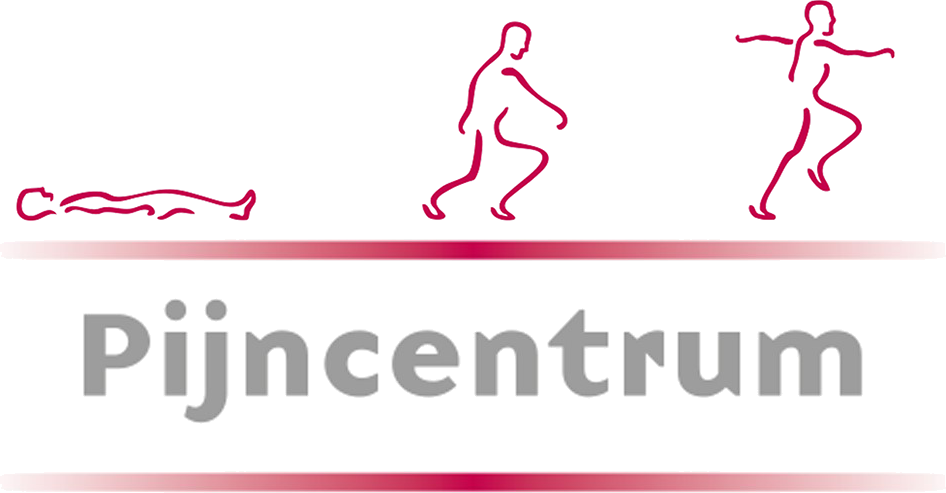
10 kHz spinal cord stimulation for the treatment of non-surgical refractory back pain
24/11/2020
Optimizing the Management and Outcomes of Failed Back Surgery Syndrome
24/11/2020Abstract
Chronic pain is a common condition that affects the physical, emotional, and mental well-being of patients and can significantly diminish their quality of life. Due to growing concerns about the substantial risks of long-term opioid use, both governmental agencies and professional societies have recommended prioritizing the use of nonpharmacologic treatments, when suitable, in order to reduce or eliminate the need for opioid use. The use of 10 kHz spinal cord stimulation (10 kHz SCS) is one such nonpharmacologic alternative for the treatment of chronic, intractable pain of the trunk and limbs. This review examines published clinical data regarding the efficacy of 10 kHz SCS for decreasing chronic pain in patients and its potential to reduce or eliminate opioid usage. Multiple prospective and retrospective studies in patients with intractable pain demonstrated that 10 kHz SCS treatment provided ≥50% pain relief in >70% patients after at least 1 year of treatment. Pain relief with 10 kHz SCS therapy ranged from 54% to 87% in the studies. More importantly, the mean daily dose of opioids required by patients in these studies was reduced after 10 kHz SCS treatment, and on average over 60% patients in studies either reduced or eliminated opioids at the last follow-up.
Keywords: 10 kHz SCS; chronic pain; opioids.
© 2019 The Authors. Annals of the New York Academy of Sciences published by Wiley Periodicals, Inc. on behalf of New York Academy of Sciences.

